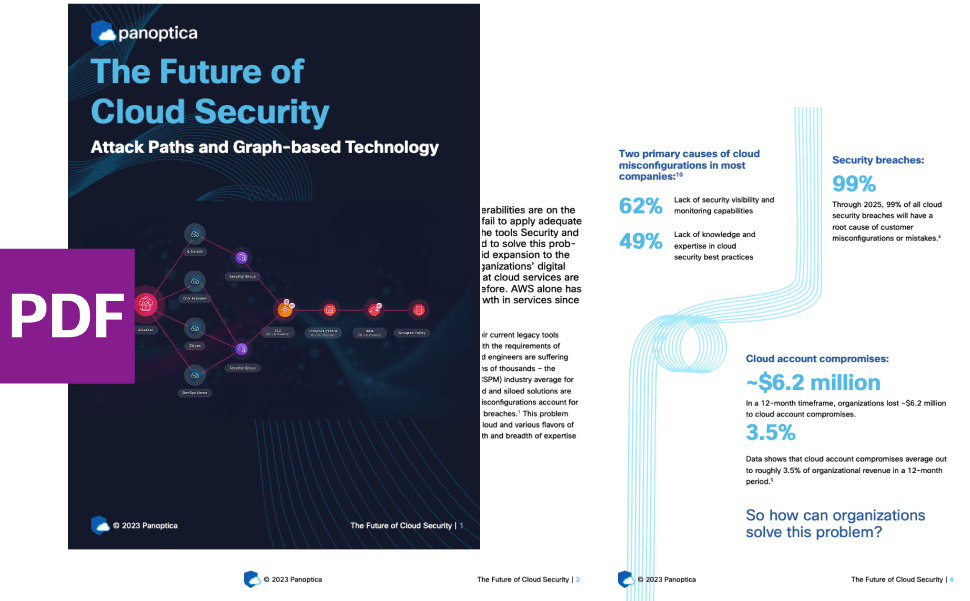Published on 00/00/0000
Last updated on 00/00/0000
Published on 00/00/0000
Last updated on 00/00/0000
Share
Share
INSIDE OUTSHIFT
7 min read

Share

controller manager creates a replicaset for that deployment.scheduler (another controller) assigns nodes to pods.kubelet (a per node controller) executes the containers.event in Kubernetes. You can check those events via kubectl or your preferred GUI or CLI tool.
If you don’t want to filter events you can simply use:
kubectl get eventsLAST SEEN TYPE REASON OBJECT SUBOBJECT SOURCE MESSAGE FIRST SEEN COUNT NAME
3m7s Normal LeaderElection configmap/banzaicloud-thanos-operator one-eye-thanos-operator-6467d7bd65-8xb27_01984c3f-b24d-4ebe-8156-d9a321a3a5d5 one-eye-thanos-operator-6467d7bd65-8xb27_01984c3f-b24d-4ebe-8156-d9a321a3a5d5 became leader 3m7s 1 banzaicloud-thanos-operator.16cb552d7b33e74b
3m7s Normal LeaderElection lease/banzaicloud-thanos-operator one-eye-thanos-operator-6467d7bd65-8xb27_01984c3f-b24d-4ebe-8156-d9a321a3a5d5 one-eye-thanos-operator-6467d7bd65-8xb27_01984c3f-b24d-4ebe-8156-d9a321a3a5d5 became leader 3m7s 1 banzaicloud-thanos-operator.16cb552d7b341142
2m39s Normal LeaderElection configmap/banzaicloud-thanos-operator one-eye-thanos-operator-6467d7bd65-8xb27_6b649c1c-1cc3-47cf-ae12-894b19b4ee99 one-eye-thanos-operator-6467d7bd65-8xb27_6b649c1c-1cc3-47cf-ae12-894b19b4ee99 became leader 2m39s 1 banzaicloud-thanos-operator.16cb5533d626f885
2m39s Normal LeaderElection lease/banzaicloud-thanos-operator one-eye-thanos-operator-6467d7bd65-8xb27_6b649c1c-1cc3-47cf-ae12-894b19b4ee99 one-eye-thanos-operator-6467d7bd65-8xb27_6b649c1c-1cc3-47cf-ae12-894b19b4ee99 became leader 2m3kubectl get event one-eye-thanos-operator.16cb552b0653a67dapiVersion: v1
count: 1
eventTime: null
firstTimestamp: "2022-01-18T10:02:12Z"
involvedObject:
apiVersion: apps/v1
kind: Deployment
name: one-eye-thanos-operator
namespace: default
resourceVersion: "4521231"
uid: ee22d555-1bdf-4424-a1ea-19a1382c958d
kind: Event
lastTimestamp: "2022-01-18T10:02:12Z"
message:
Scaled up replica set one-eye-thanos-operator-6467d7bd65
to 1
metadata:
creationTimestamp: "2022-01-18T10:02:12Z"
name: one-eye-thanos-operator.16cb552b0653a67d
namespace: default
resourceVersion: "4521234"
selfLink: /api/v1/namespaces/default/events/one-eye-thanos-operator.16cb552b0653a67d
uid: e5cf909c-53c2-4e5e-be4c-af92a956a12c
reason: ScalingReplicaSet
reportingComponent: ""
reportingInstance: ""
source:
component: deployment-controller
type: Normaldeployments or pods. They have the same version and metadata fields. However, we have a couple of event-specific fields as well. Let's see the most important ones:
eventTime The timestamp of an atomic eventfirstTimestamp The first timestamp of a continuous eventlastTimestamp The last timestamp of a continuous eventcount The number of times this event was triggeredmessage Human readable messagereason Short description of the eventinvolvedObject Reference to the Kubernetes resource the event is related tometadata The event's own metadata including name, uid, etc.source The source object of the eventtype Event type like Normal, Warning, and so on.reason), they can be translated into metrics. A good transformation would be to use the reason field as metric name and the count field as value. All the other relevant attributes can be labels on the metric. From this information you can create a nice overview of what's happening in your cluster. This seems like a good idea and it provides you with an overall health indicator, yet you lose a lot of important information. Time series databases don't handle high cardinality information well. If you need more than aggregated values, like message and/or the name field, they become individual time series per event. That does not sound good, does it?
 Screenshot from the kspan project
Screenshot from the kspan project

{
"collapse": {
"field": "event.metadata.name.keyword"
},
"query": {
"constant_score": {
"filter": {
"bool": {
"must": [
{
"term": {
"event.involvedObject.apiVersion.keyword": "v1"
}
},
{
"term": {
"event.involvedObject.kind.keyword": "Pod"
}
},
{
"term": {
"event.involvedObject.namespace.keyword": "default"
}
},
{
"term": {
"event.involvedObject.name.keyword": "nginx-558bd4d5db-6v9sc"
}
},
{
"bool": {
"should": [
{
"range": {
"event.eventTime": {
"from": "2022-02-14T01:00:00Z",
"include_lower": true,
"include_upper": true,
"to": null
}
}
},
{
"bool": {
"must": {
"range": {
"event.lastTimestamp": {
"from": "2022-02-14T01:00:00Z",
"include_lower": true,
"include_upper": true,
"to": null
}
}
}
}
}
]
}
}
]
}
}
}
},
"size": 10000,
"sort": [
{
"event.lastTimestamp": {
"missing": "_first",
"order": "desc",
"unmapped_type": "date"
}
},
{
"event.eventTime": {
"missing": "_first",
"order": "desc",
"unmapped_type": "date"
}
}
]
}collapse clause is responsible for aggregating events by event name. The query clause describes the logical combination of different filters. In our case, the first four term clauses filter the events by involved object, and the last clause defines the time range predicate for both event kinds — events with eventTime and events with firstTimestamp and lastTimestamp. Lastly, the size clause limits the result set size and the sort clause specifies an ordering by event timestamp.
And that's it! Not so complicated after all. The results are then represented on a timeline on our correlation view:

one-eye logging install -us
one-eye opensearch install
one-eye event-backend install

Get emerging insights on emerging technology straight to your inbox.
Outshift is leading the way in building an open, interoperable, agent-first, quantum-safe infrastructure for the future of artificial intelligence.

* No email required

The Shift is Outshift’s exclusive newsletter.
Get the latest news and updates on generative AI, quantum computing, and other groundbreaking innovations shaping the future of technology.
